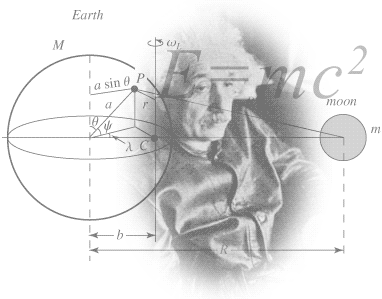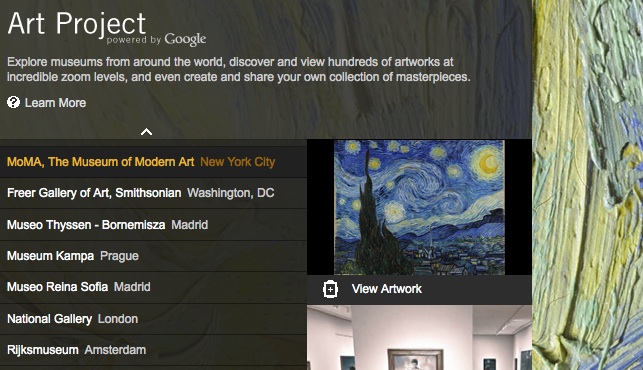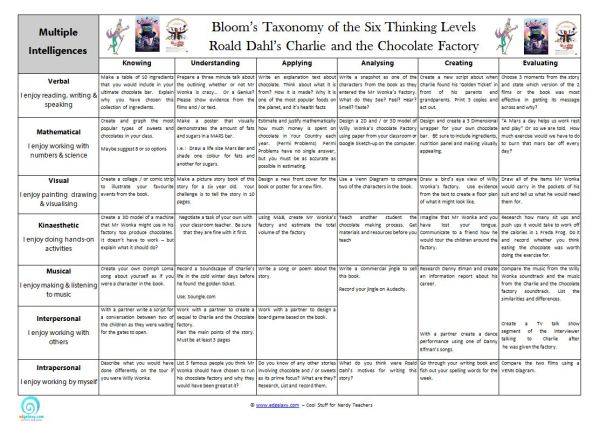Teach Students how to summarize in their own words
/This 30 slide presentation is a great resource for teaching students the skills required to summarize ideas in their own words.
It goes through a number of logical processes and highlights important skills in summarizing text.
Dan Ackland submitted this lesson plan and earned cash for it. You too can earn cash for your teaching ideas right now by clicking here.
*Please note all of our documents are originally designed using high resolution images and fonts at A3 paper size.
Be aware it will be automatically resized to your default paper size when using Adobe Acrobat Reader without any loss of quality. If you would like to print these documents at larger sizes you can read the Adobe Resize & Scaling FAQ here.
We recommend laminating them for best results.
Finally if you would like to purchase a completely editable version of this document to alter without any restrictions you can purchase it for $10.00 simply by emailing us.



















